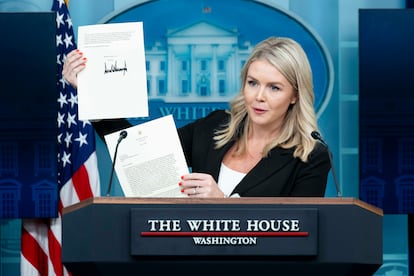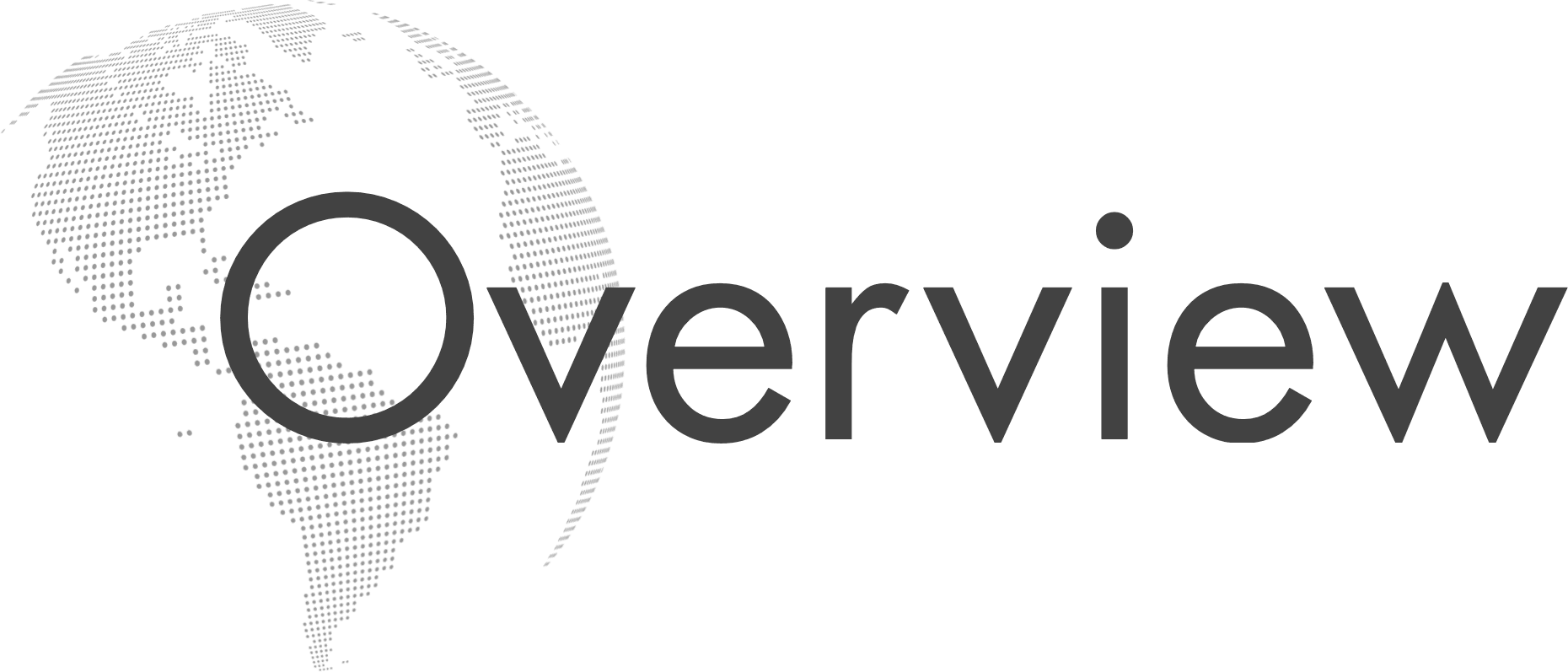US President Donald Trump announced Tuesday during a Cabinet meeting in Washington that the European Union will receive its own letter notifying it of the tariffs it faces, as part of a strategy the White House is using to pressure negotiations with its partners. “That’s probably a couple of days away,” Trump said of the EU. “We’re talking to them, and they’re treating us nicely, after years of being terrible to us. I just want them to know that a letter means a deal. We have 200 countries. We can’t meet with 200 countries.”
Trump also took advantage of the press question period during that meeting with members of his administration to announce that a 50% tariff on copper imports is imminent. As is typical of his erratic trade policy, the details of how he plans to implement the threatened tariff, or when it would go into effect, were not immediately clear. The only thing that seems certain is that, if he finally does implement it, it will be similar to the tariffs already in place for aluminum and steel, two sectors affected by 50% tariffs.
The United States will also ban the sale of agricultural land to buyers from China and other countries the U.S. government considers"enemies." This was announced Tuesday by U.S. Department of Agriculture Secretary Brooke Rollins, who cited threats to national and food security as justification for the ban, which she extended to other countries, such as Russia and Iran.
Around the same time as that appearance, President Donald Trump posted a message on his social media platform, Truth, that seemed to demonstrate both the United States' isolationist trade policy and its volatility. In it, Trump promised there would be no further postponements of the implementation date for the tariffs he plans to impose on dozens of his trading partners as part of a trade war he reignited on Monday.
First, he announced a battery of taxes he called"reciprocal," even though they weren't, on April 2. Then, he ordered a 90-day postponement of their entry into force to give countries time to conclude trade agreements with the United States that haven't been finalized (except for two, with the United Kingdom and Vietnam, and a truce with China). And this Monday, two days before that deadline of July 9 expired, he kicked the can down the road again, setting a new date: August 1.

“Tariffs will begin to be paid” then, Trump wrote in Truth this Tuesday. “There has been no change to this date, nor will there be any. In other words, all monies are due beginning August 1, 2025. No extensions will be granted.”
At this point, Trump's words on this matter, in which he has displayed erratic behavior that has had serious effects on the markets and the functioning of the global economy, cannot be the best guarantee. It cannot be ruled out that he will change his mind again—or even several times—in the 24 days remaining until the new deadline. On Monday, before the dinner with Israeli Prime Minister Benjamin Netanyahu, Trump already told reporters that the August 1 date is not"100% fixed."
In his message, Trump also promises to send new letters to trading partners like the ones sent Monday"today [Tuesday], tomorrow, and for the coming period." The recipients were 14 countries, who received letters addressed to their leaders and signed by the US president. In them, he informed them of the tariffs they had been assigned; a range that ranged from 25% for South Korea and Japan to 40% for Laos and Myanmar.
All of these letters were very similar, and they all agreed on inviting these trading partners to"participate in the extraordinary American economy" provided they agreed to move away from the "trade deficits" caused by "tariffs, and regulatory, non-tariff, and trade barriers," which, the letters added,"unfortunately, are far from reciprocal."
Trump also warned them that if they decide to respond with taxes on American products, Washington will impose an additional rate of the same amount on top of the percentages imposed this Monday. The announcement immediately caused a fall in the markets, which are also sensitive to the uncertainty that governs Trump's economic decisions.
None of these new tariffs interfere with or change existing tariffs imposed on sectors such as aluminum and steel, and automobiles (25%).
National security
The announcement of the ban on Chinese and other foreign buyers by the Secretary of Agriculture – who has been seen in recent days very close to the president, whom she accompanied last Thursday on his trip to give a patriotic rally in Iowa – shares the same spirit as Trump's tariff war: both are inspired by the America First creed that inspires economic Trumpism.
To underscore the urgency of the national security pretext, Rollins appeared at a joint press conference with Secretary of Defense Pete Hegseth and Secretary of Homeland Security Kristi Noem. The three were scheduled to participate later at the White House in Trump's sixth Cabinet meeting. Together, they announced executive actions to block these buyers' ability to acquire land in the United States and to strengthen security for existing owners—not only in China, but also in Russia and Iran.
According to data provided at that press conference, approximately 107,000 hectares of US land are owned by China. Of these, roughly half belong to the same company: Smithfield Foods, acquired in 2013 by WH Group, a Chinese conglomerate led by tycoon Wan Long. In 2021, the figure rose to 384,000 acres.

